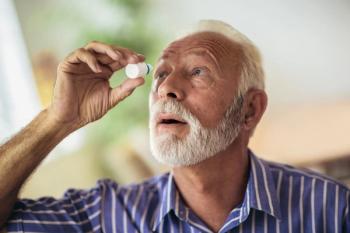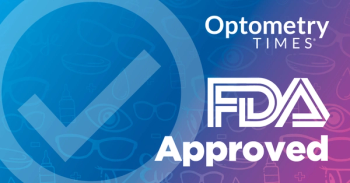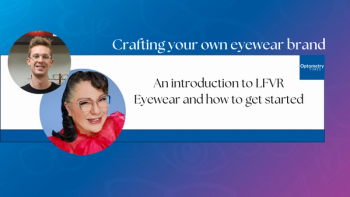
Looking into the future of presbyopia treatments
During the American Academy of Optometry's Academy 2014, physicians and researchers peered into the future of treatments for presbyopia.
Denver-During the
Paul Kaufman, MD, professor and chair of ophthalmology and visual sciences, University of Wisconsin, Madison, reminded attendees that age causes functional declines in the machinery that drives accommodation, specifically the ability of the ciliary muscle to move and relax the zonular system.
“And if you're wondering why you don't get more than 2 D correction out of an accommodating
Stephen D. McLeod, MD, professor and chair of ophthalmology, UCSF, says that surgically, "There are many different ways we could try to skin this cat. People are now thinking about not just the various materials and biocompatibility, but also, can we come up with some mechano-electric circuits so we can amplify the optical effect of the relatively small ciliary body function? Are there improved fluidics we can use to try to achieve curvature changes to give us the 5 to 10 D of change we need to get with very small muscle action?”
The only FDA-approved accommodating IOL works by shifting in the eye and in fact moving forward in response to an accommodation stimulus, says Susana Marcos, PhD, professor of research at the Instituto de Optica, Consejo Superior de Investigaciones Científicas, Madrid, Spain.
Regardless of the approach, warned Dr. McLeod, “What we have to worry about when doing intraocular surgery is that we do have a fair amount of change in the biomechanics of the lens and capsular structures in the wound-healing process that follows cataract surgery,” which affects the therapeutic devices implanted. “So, lots of challenges lie ahead, but there are a lot of very bright people thinking about this. Hopefully in a few years-probably a few decades-we'll be doing a little better than bifocals and progressives.”
Newsletter
Want more insights like this? Subscribe to Optometry Times and get clinical pearls and practice tips delivered straight to your inbox.


















































.png)


